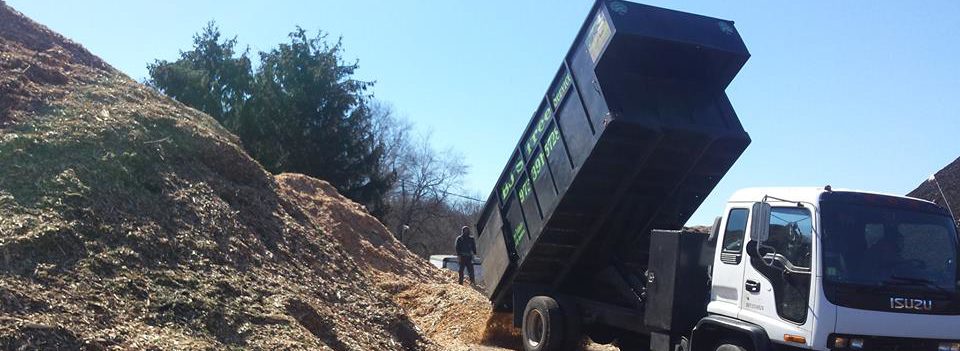When to Prune

This depends to a large extent on why you prune. Light pruning and the removal of dead wood can be done anytime. Otherwise, here are some guidelines, but recognizing that individual species may differ is important to remember.
Winter Pruning
Pruning during dormancy is the most common practice. It results in a vigorous burst of new growth in the spring and should be used if that is the desired effect. It is usually best to wait until the coldest part of winter has passed. Some species, such as maple, walnuts and birches, may “bleed”—when the sap begins to flow. This is not harmful and will cease when the tree leafs out.
Summer Pruning
To direct the growth by slowing the branches you don’t want; or to slow “dwarf” the development of a tree or branch, pruning should be done soon after seasonal growth is complete. The reason for the slowing effect is that you reduce the total leaf surface, thereby reducing the amount of food manufactured and sent to the roots. Another reason to prune in the summer is for corrective purposes. Defective limbs can be seen more easily, or limbs that hang down too far under the weight of the leaves.

Pruning Flowering Trees to Enhance Flowering
If your purpose for pruning is to enhance flowering:
- For trees that bloom in spring, prune when their flowers fade.
- Trees and shrubs that flower in mid- to late summer should be pruned in winter or early spring.
When Not To Prune: Fall
Because decay fungi spread their spores profusely in the fall and healing of wounds seems to be slower on fall on cuts, this is a good time to leave your pruning tools in storage.
Now that you know when to prune your tree learn the basics of tree pruning.
.
